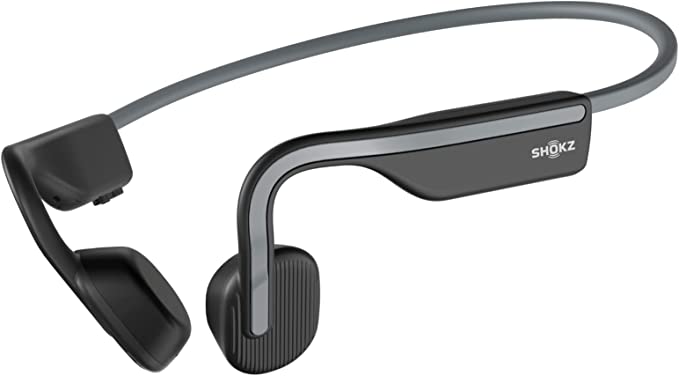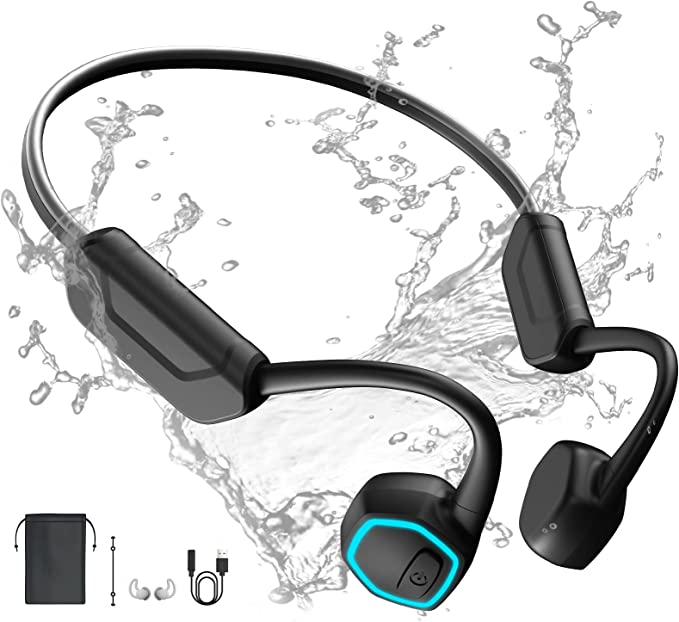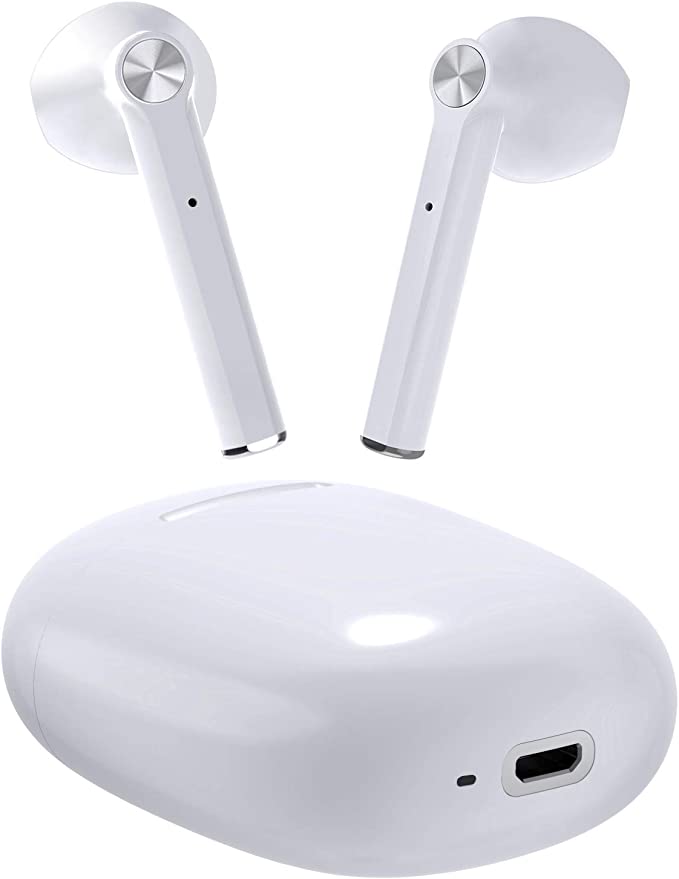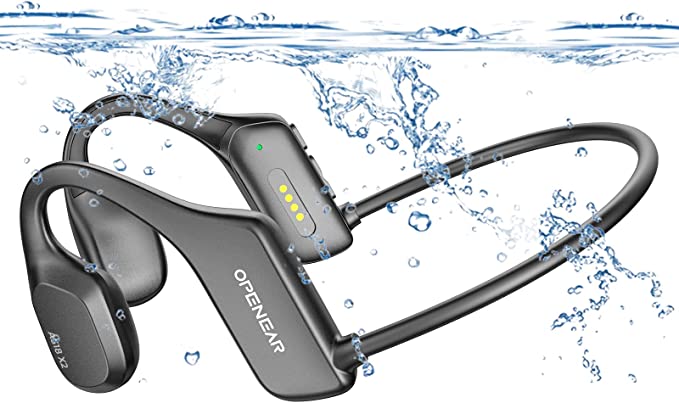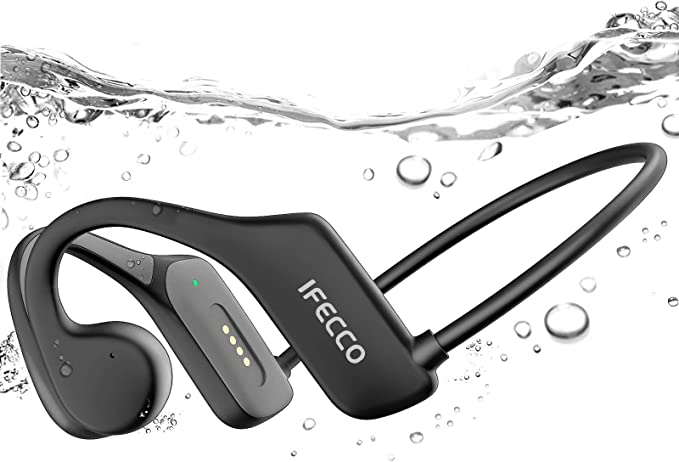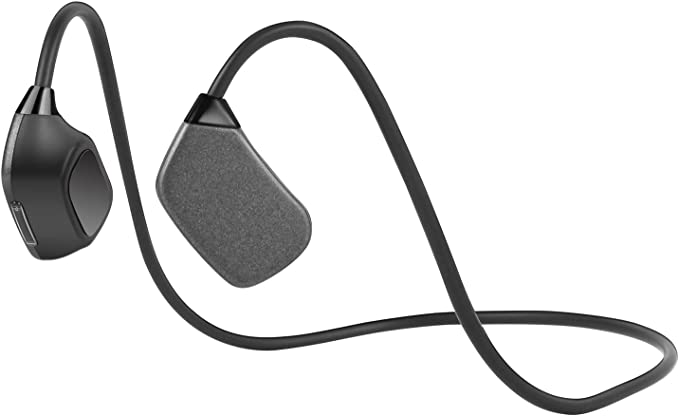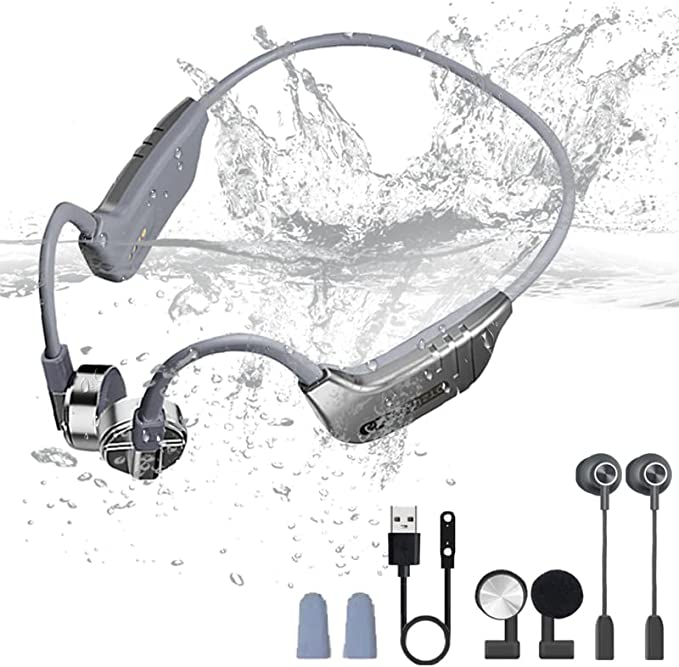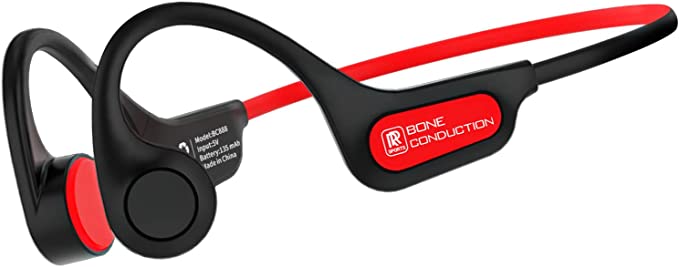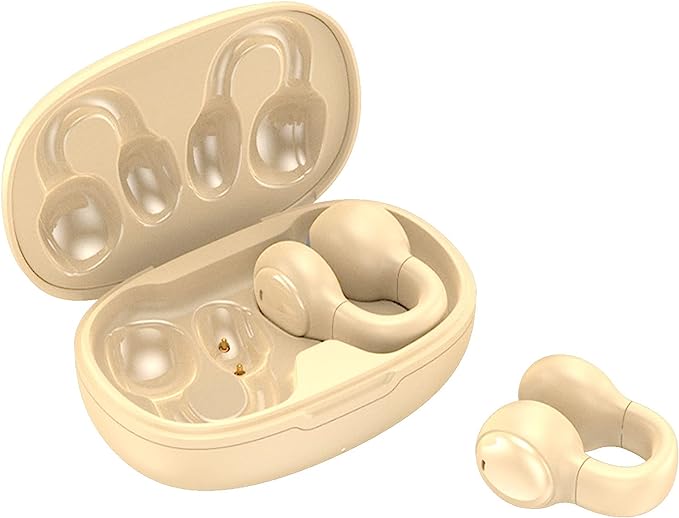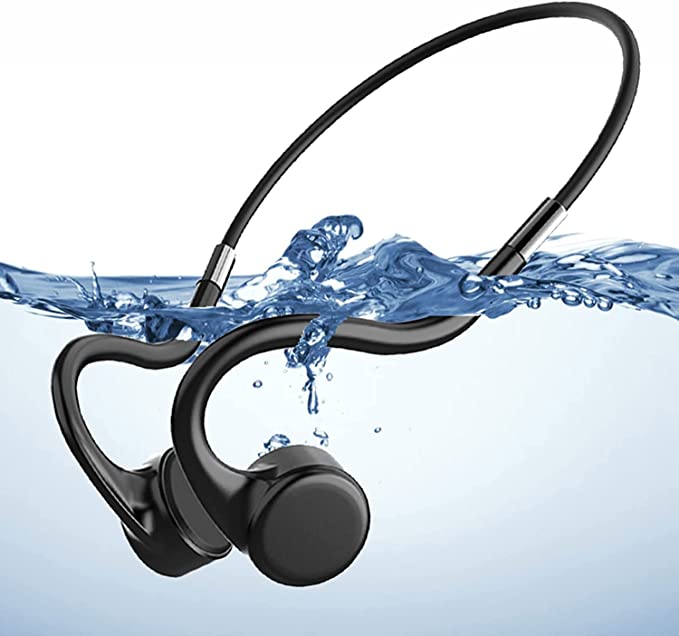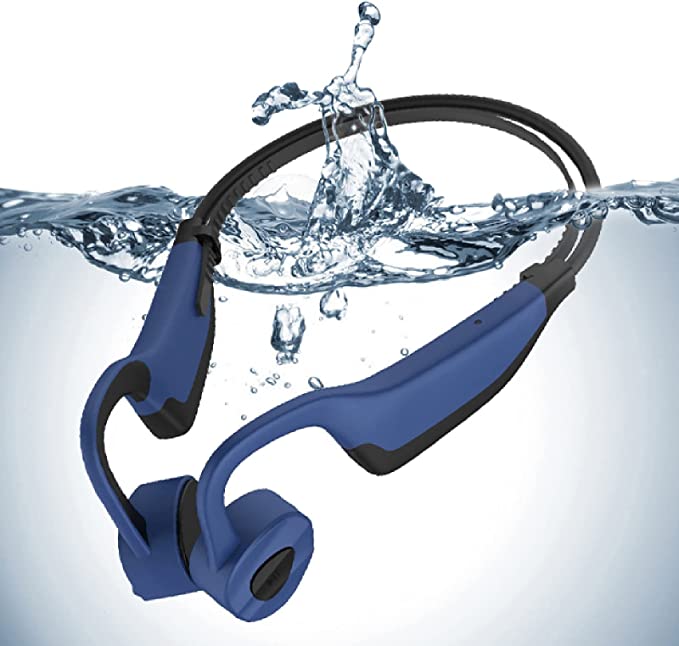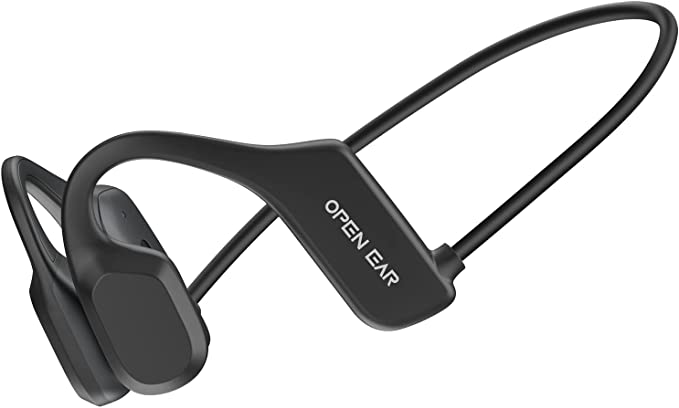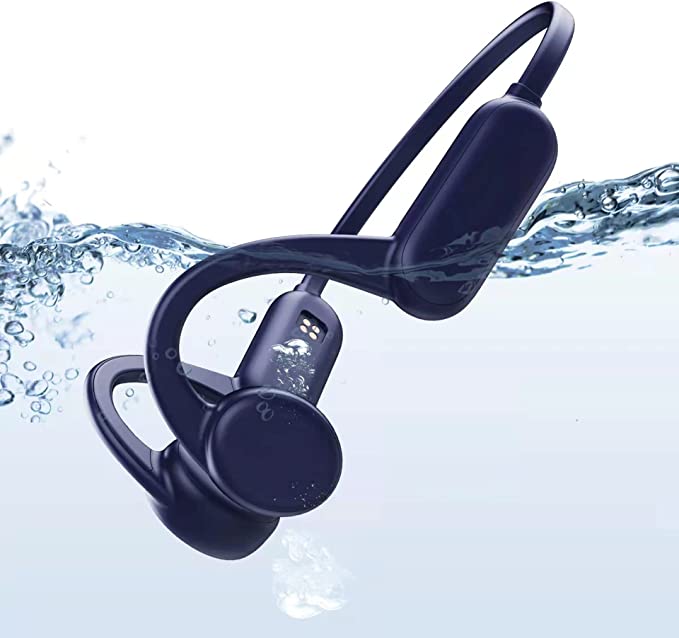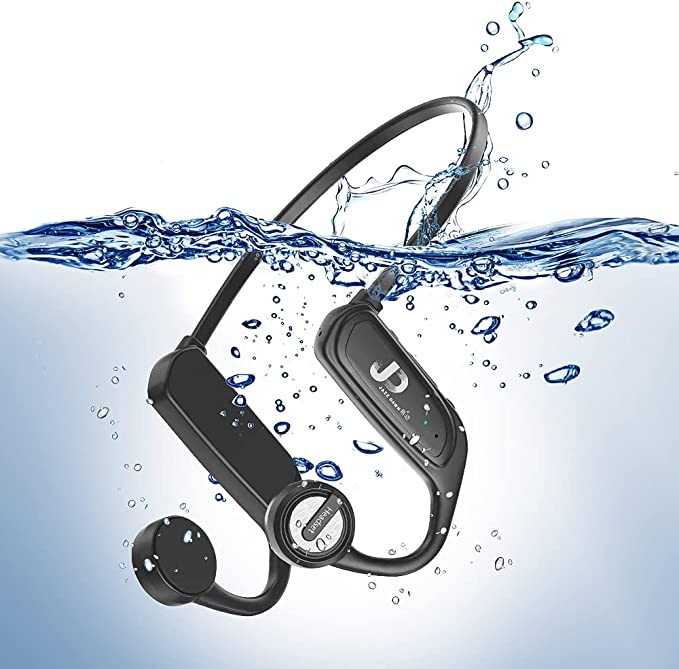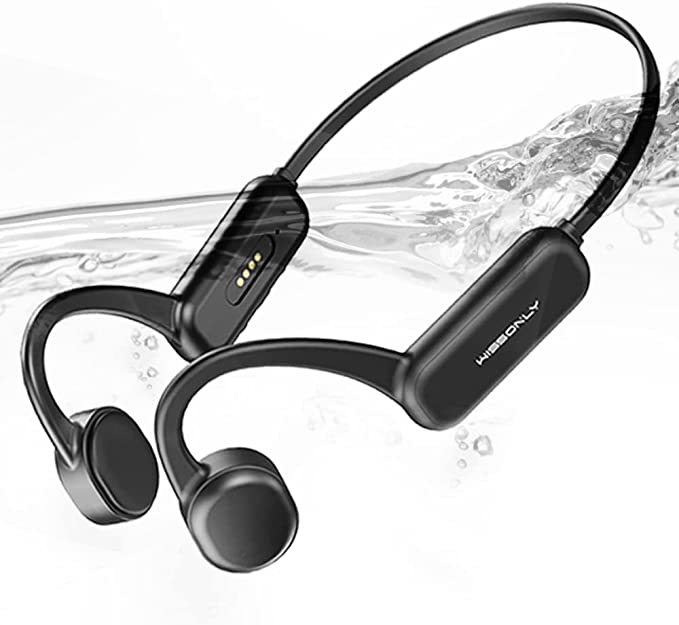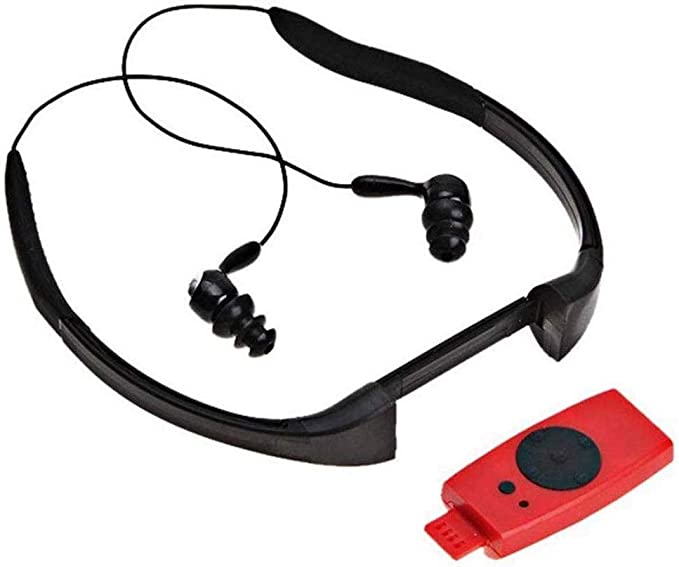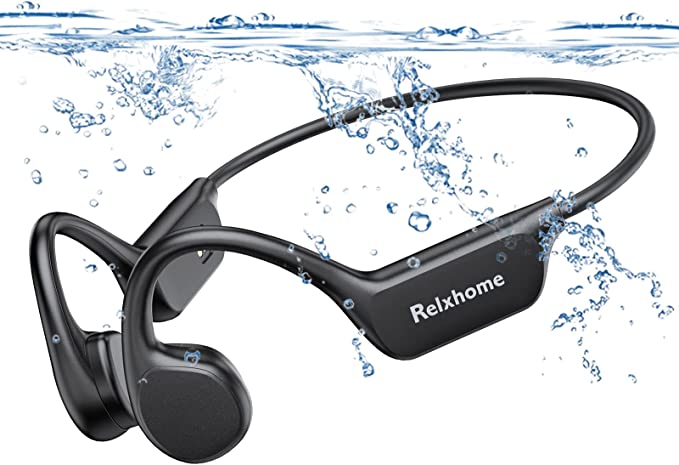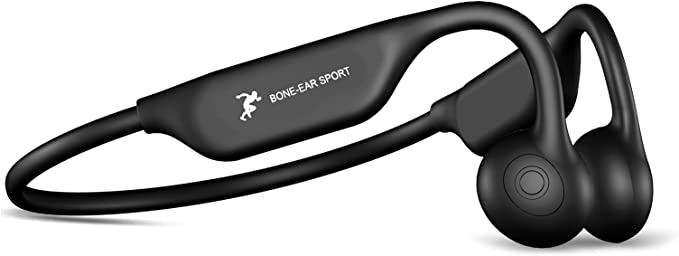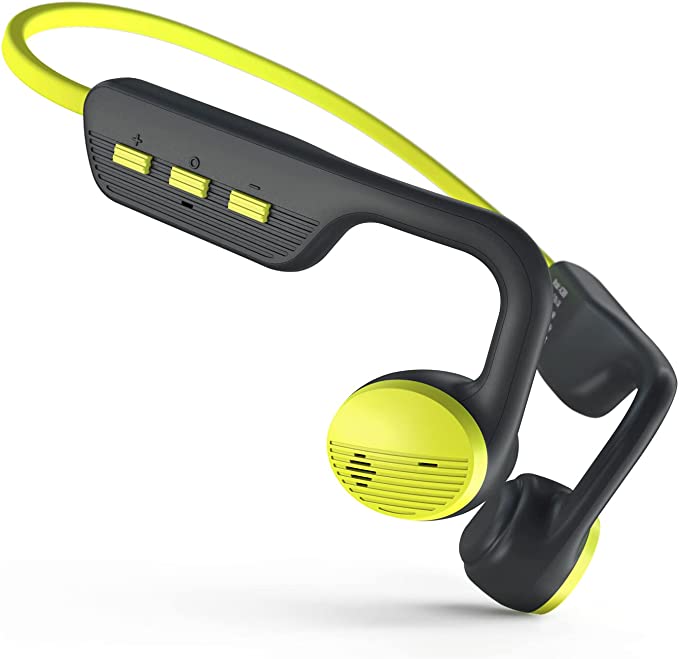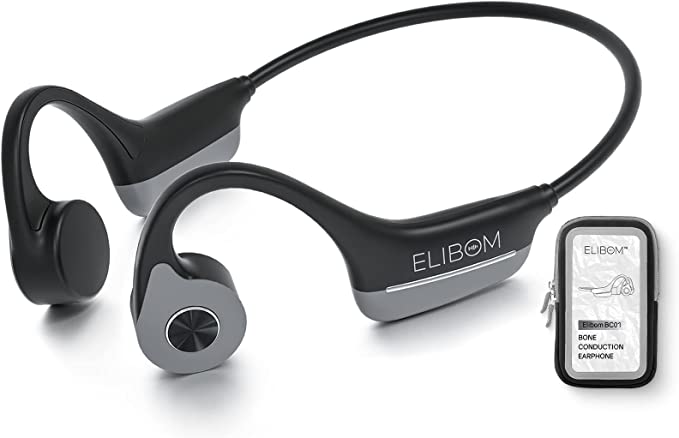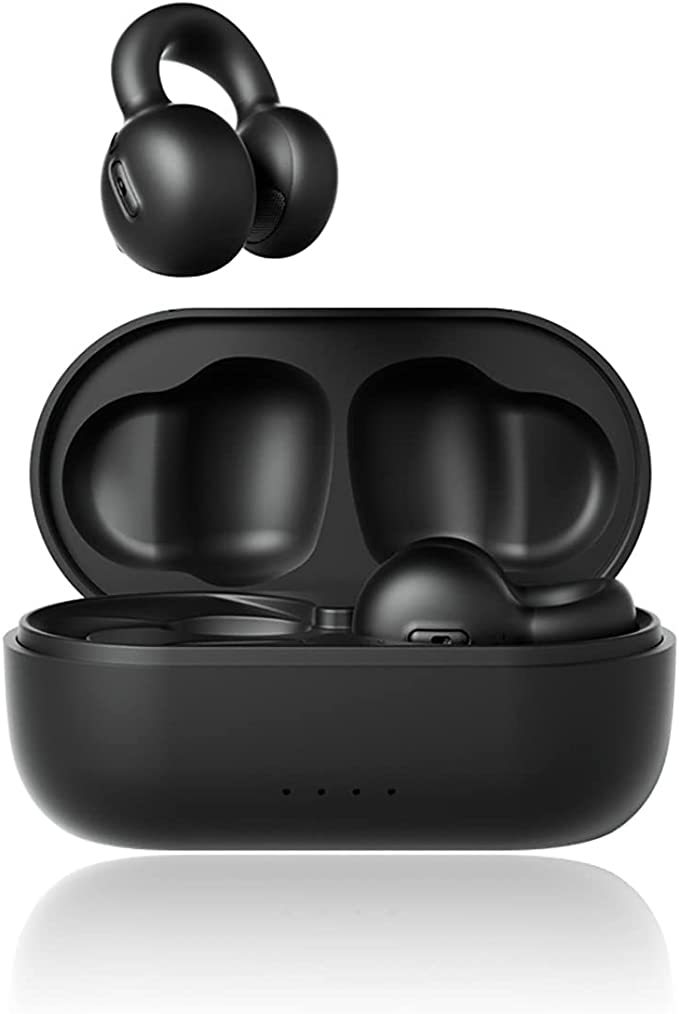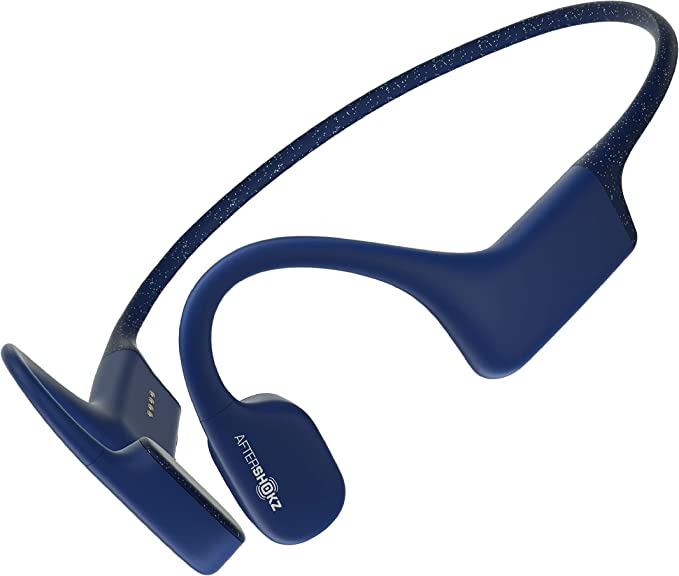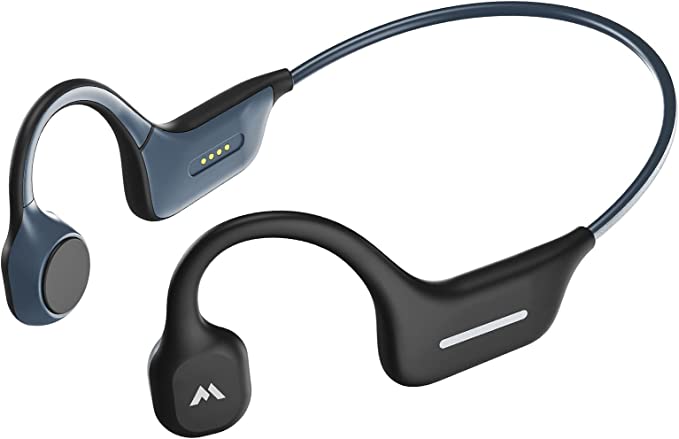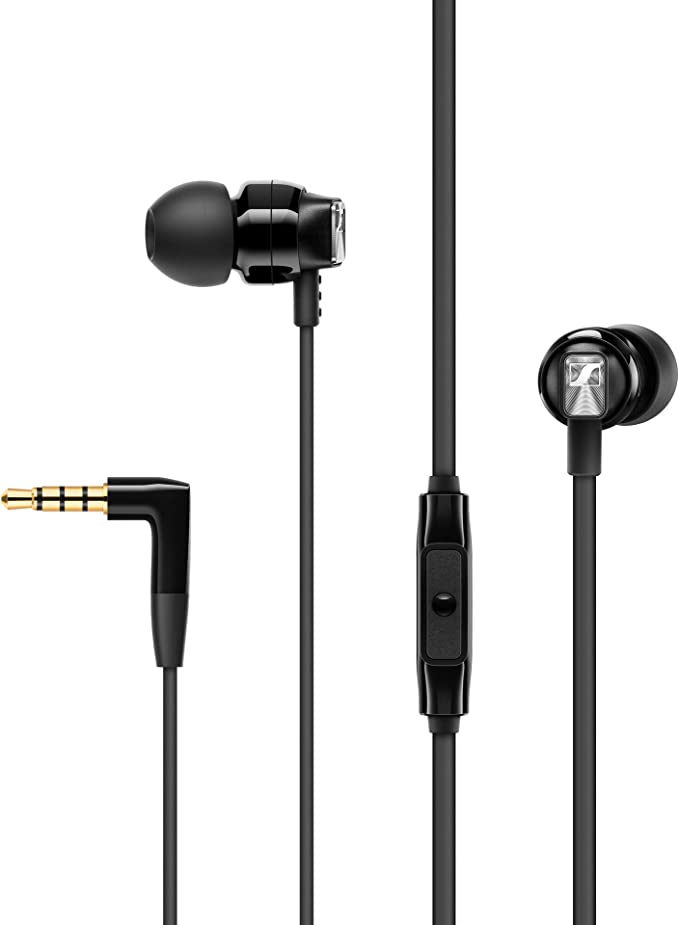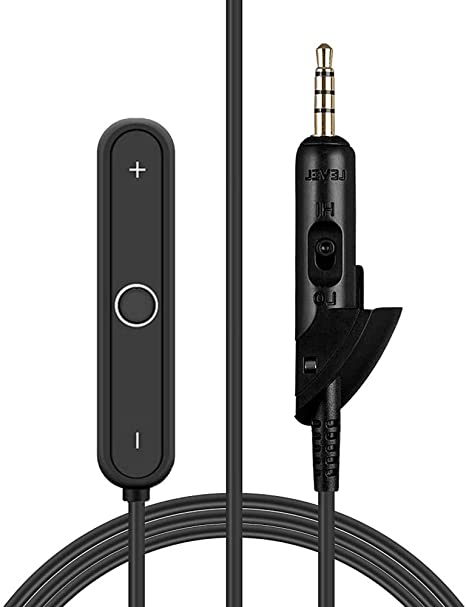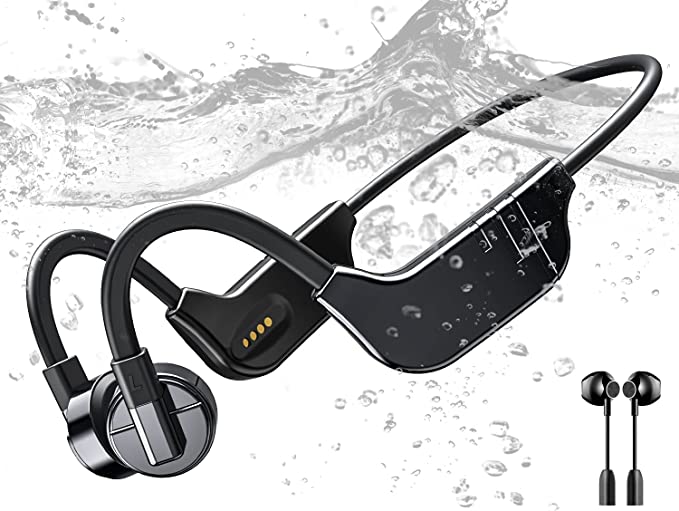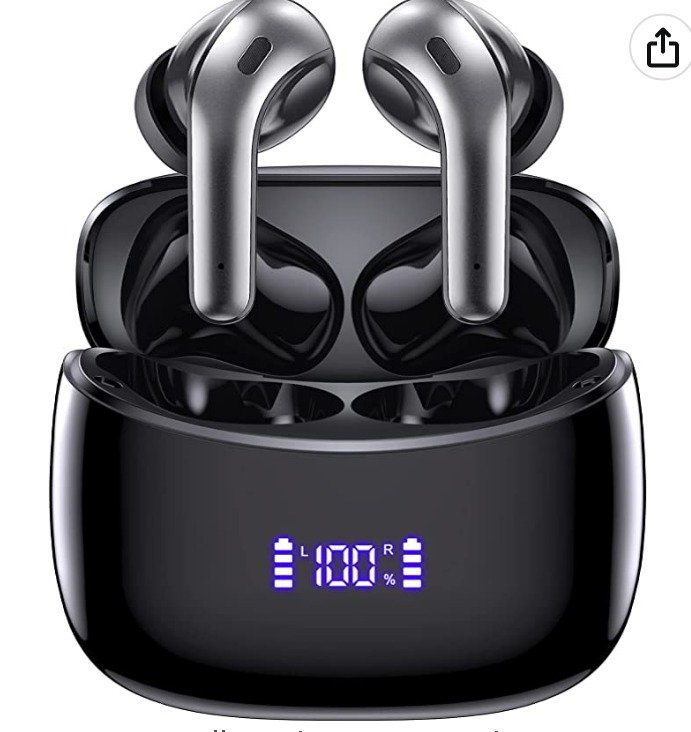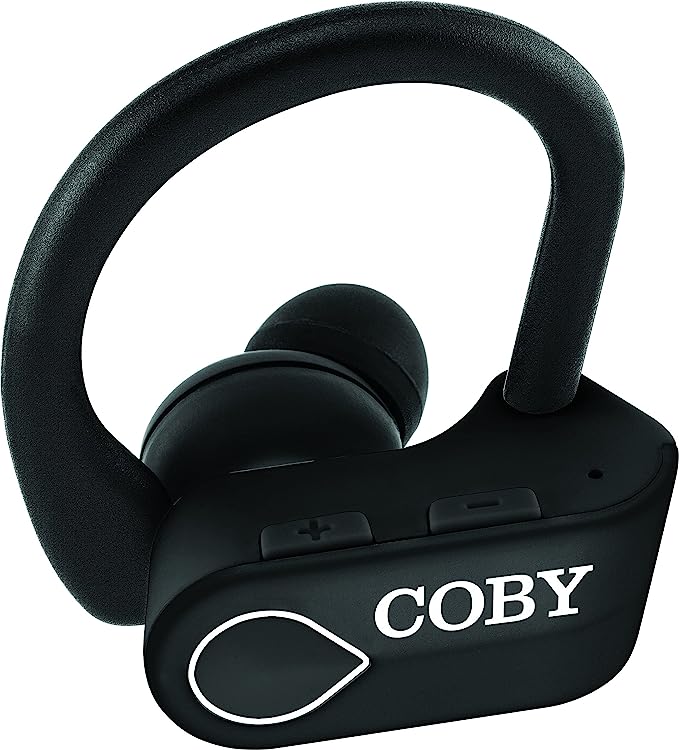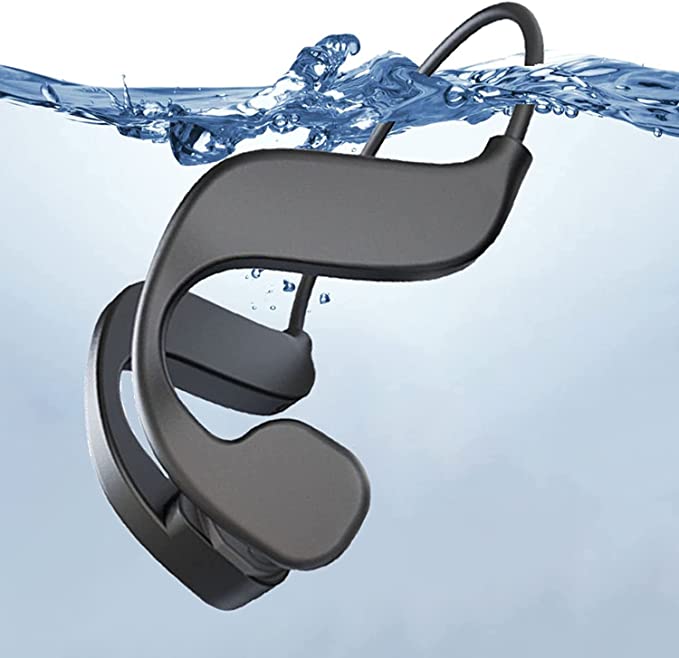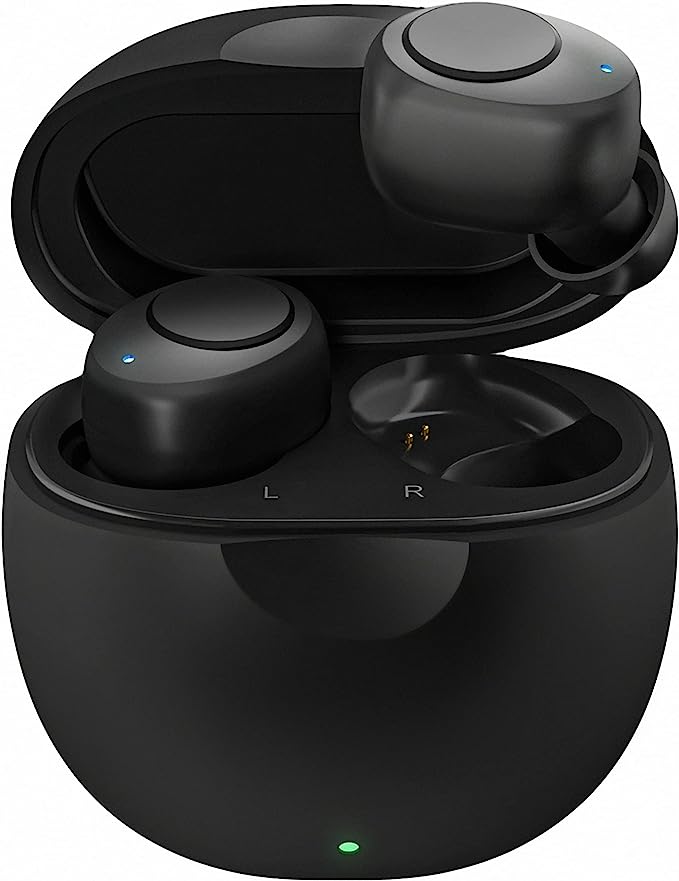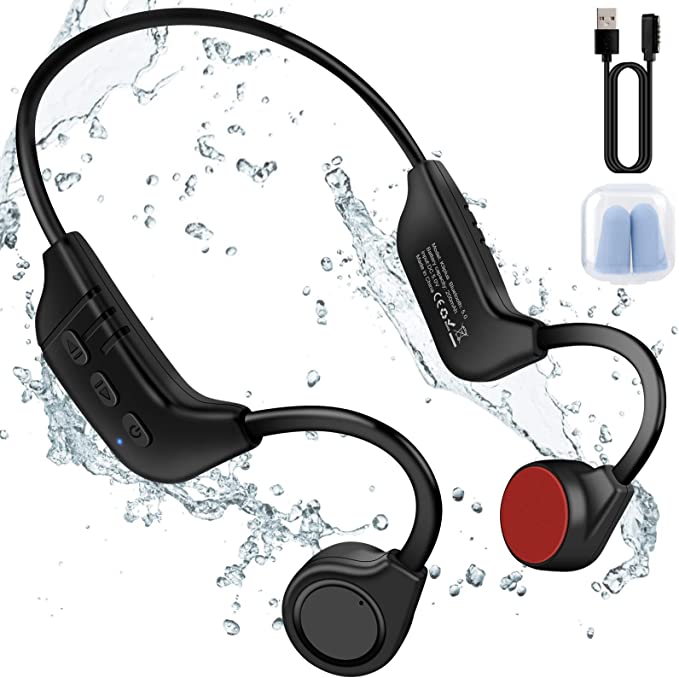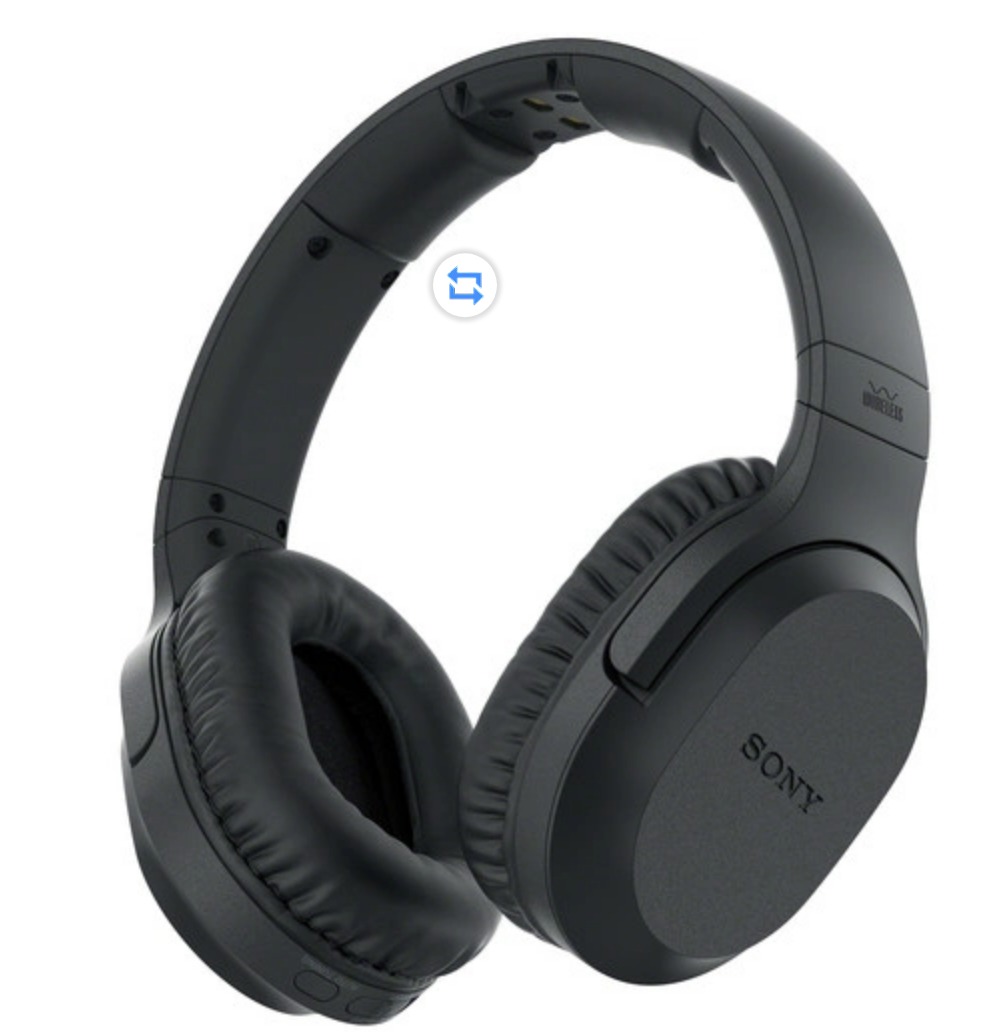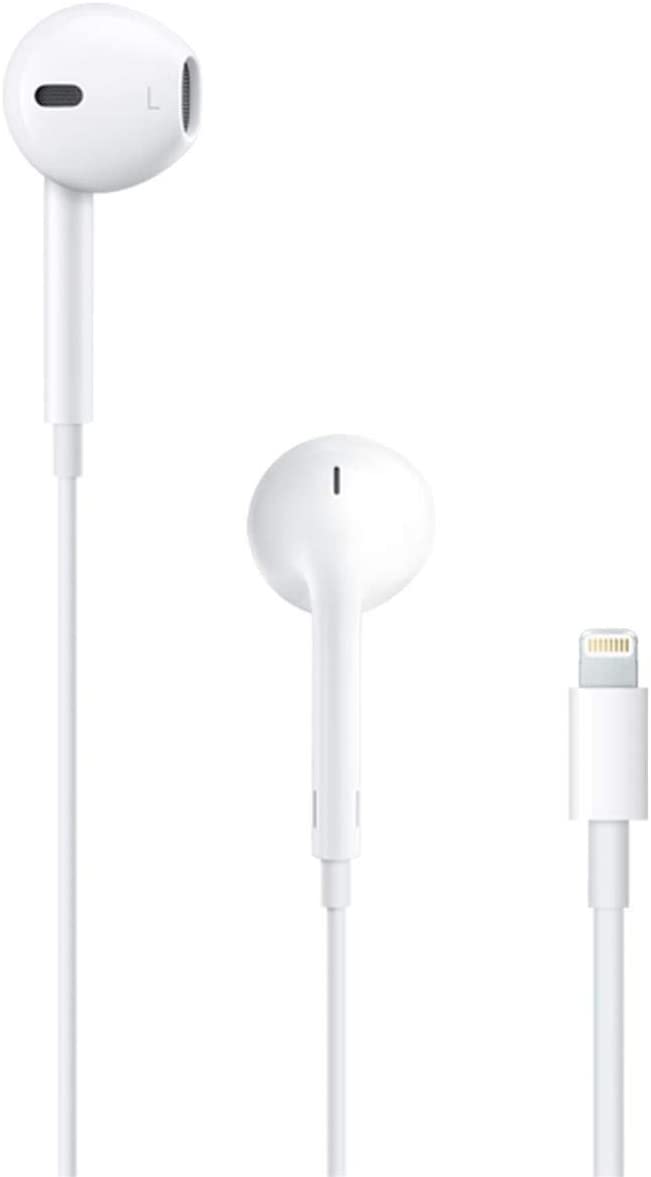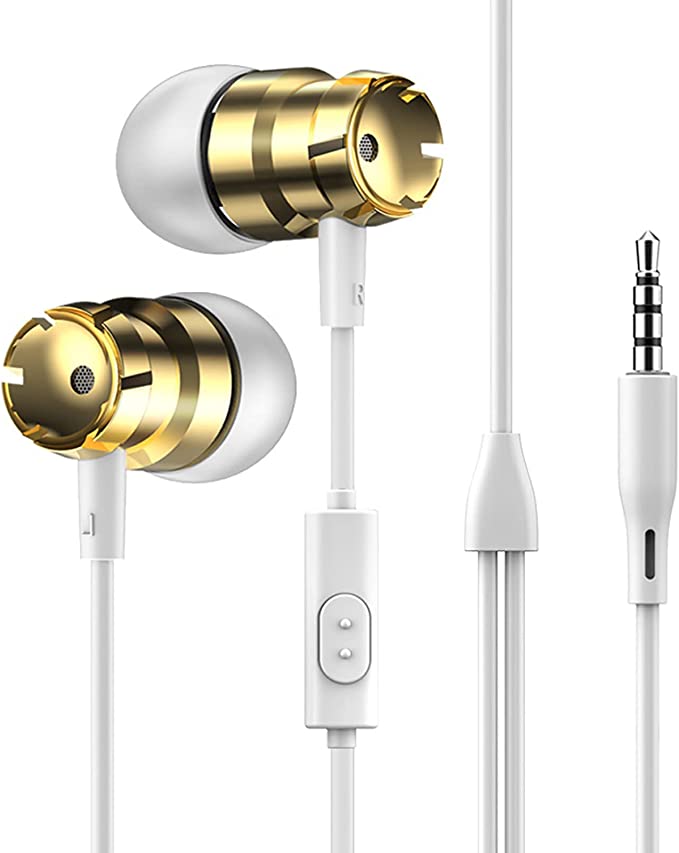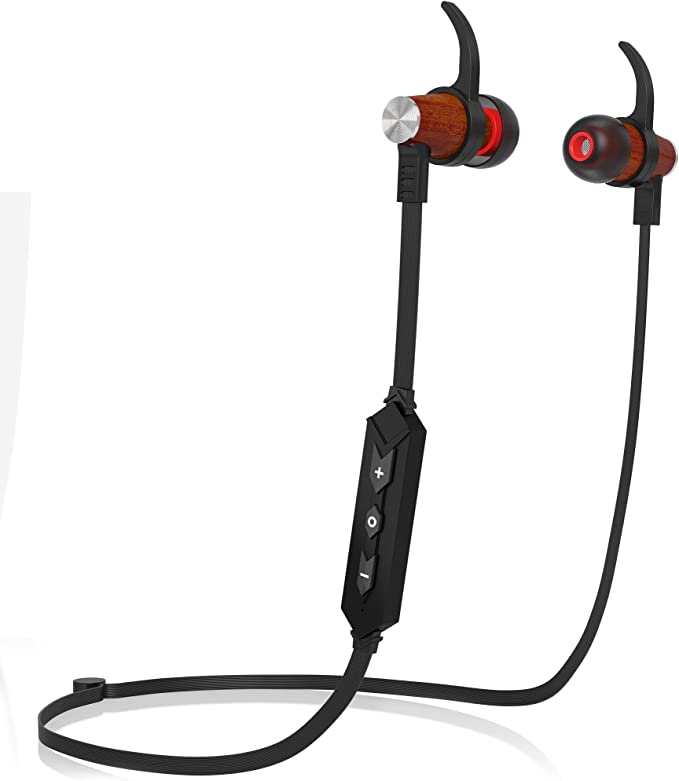Hamuti X7 Bone Conduction Headphones: Experience Sound in a Whole New Way
Update on July 24, 2025, 9:37 a.m.
In the early 19th century, as the world of sound was cruelly fading around him, Ludwig van Beethoven clung to his art with defiant genius. His deafness, a composer’s ultimate nightmare, forced him to innovate. History tells us of a simple yet profound solution: he would clamp a wooden rod between his teeth and press the other end against his piano. As he played, the instrument’s vibrations would travel through the rod, into his jaw, and rattle through his skull directly to his inner ear. In that moment, feeling the ghost of a C-sharp, Beethoven was not just composing; he was pioneering a forgotten auditory pathway. He was using bone conduction.
This principle, the idea of hearing not through our ears but through our very skeleton, feels like science fiction. Yet, it is a fundamental, if overlooked, part of our biology. We are all bone conductors. When you speak, the rich, resonant voice you perceive is a duet between two forms of sound. Part of it travels as sound waves from your mouth to your ears—this is air conduction. But a significant part travels internally, as vibrations from your vocal cords move directly through the bones of your skull to your cochlea, the spiral-shaped organ of hearing. It’s why your voice on a recording always sounds unnervingly different; you’re hearing it for the first time without its internal, bony resonance. For centuries, this phenomenon remained largely a medical curiosity, used by physicians in tests to diagnose types of hearing loss. It was a diagnostic tool, not a medium for music. Until now.

A Leap from Curiosity to Consumer Tech
The journey from Beethoven’s rod to a modern personal audio device is a story of technological convergence. The core principle remained dormant in the public imagination, finding niche applications in military headsets and specialized hearing aids. But in our hyper-mobile, constantly-connected world, a new need arose: the desire to have a personal soundtrack to our lives without completely disconnecting from reality. This is where devices like the Hamuti X7 Bone Conduction Headphones enter the narrative, not merely as gadgets, but as the modern embodiment of Beethoven’s desperate ingenuity.
These devices don’t sit in or over your ears. Instead, they rest gently on your cheekbones, precisely over the zygomatic arch. Tiny transducers inside convert electrical signals from your music into subtle vibrations. Just like the piano’s vibrations traveled through Beethoven’s rod, these vibrations travel through your facial bones, bypassing the eardrum entirely and delivering crisp, clear sound directly to the cochlea. The immediate, almost startling result is that your ears are left completely open, fully aware of the world around you. The approaching hiss of a bicycle, the murmur of conversation, the blare of a car horn—they all coexist with your playlist. This isn’t a bug; it is the central, defining feature. It represents a philosophical shift in personal audio, moving from a goal of perfect isolation to one of seamless integration.

Engineering for a World in Motion
To make this elegant principle viable for an active lifestyle, particularly for swimmers, engineers had to overcome significant physical hurdles. The first was water. A product claiming to be for swimming needs more than a casual “water-resistant” label. The Hamuti X7 is rated at IP68, a designation defined by the International Electrotechnical Commission’s IEC 60529 standard. The ‘6’ signifies it is completely dust-tight, while the ‘8’ means it’s protected against long periods of immersion in water. It’s a promise of robust sealing against the elements.

But this robust seal creates another problem rooted in physics. Bluetooth, the wireless standard we rely on, operates in the 2.4 GHz frequency band. These radio waves are almost perfectly absorbed by water molecules. Attempting to stream audio from a poolside phone to submerged headphones is like trying to shout through a wall of molasses; the signal dies within inches.
The solution is a clever sidestep of the problem itself. Integrated within the headphones is a 32GB solid-state memory, effectively turning the device into a self-contained, waterproof MP3 player. By loading music directly onto the headset, the reliance on a fickle underwater Bluetooth connection is eliminated. It’s a testament to pragmatic engineering: when faced with an insurmountable law of physics, change the rules of the game.
This pragmatism extends to the choice of materials. The entire structure is built around a titanium frame. In the world of material science, titanium is a marvel, prized in aerospace and medical implants for its exceptional strength-to-weight ratio and profound resistance to corrosion from sweat or chlorinated water. It allows the headphones to be both durable and incredibly lightweight—at just 32 grams—ensuring comfort during hours of wear, whether on a long run or during a multi-kilometer swim.

A New Philosophy of Listening
For decades, the icon of personal audio was the sealed earbud, a tiny fortress of solitude pioneered by the Walkman and perfected by the iPod. The goal was to create a private world of sound. Technologies like Active Noise Cancellation (ANC) are the pinnacle of this philosophy, using complex algorithms to erase the outside world. But a counter-movement has been growing, one that values connection over isolation. Bone conduction technology is the standard-bearer for this new philosophy.

It offers an audio experience that is inherently layered. The sound quality is clear and present, especially for vocals and podcasts, but it doesn’t aim for the all-consuming, thumping bass of a sealed in-ear monitor. That isn’t its purpose. Its purpose is to augment your reality, not replace it. It allows a cyclist to feel the beat without missing the sound of a braking car, a runner to stay motivated by a podcast without being oblivious to a fellow pedestrian, and a swimmer to be lost in the rhythm of the strokes and the music simultaneously.

The journey of this technology is a remarkable circle. It began with a genius trying to reconnect with a world of sound from which he was isolated. Today, it helps us reconnect with the physical world around us, even as we enjoy our personal digital soundscapes. It reminds us that sometimes, the most profound innovations aren’t about creating something entirely new, but about rediscovering a forgotten pathway and seeing where it leads.

